本文系统阐述了金刚石高摩擦涂层的研究现状与应用进展。详细介绍了金刚石高摩擦涂层的形成原理、性能特点、制备工艺,分析了其在汽车、工业机械、航空航天等领域的应用情况,并对未来发展趋势进行了展望。旨在为相关领域的研究与应用提供全面的理论参考,推动金刚石高摩擦涂层技术的进一步发展。
关键词
金刚石高摩擦涂层;制备工艺;应用领域;发展趋势
一、引言
随着现代工业的飞速发展,对材料表面性能的要求日益严苛。在许多应用场景中,需要材料表面具备高摩擦系数,以满足特定的功能需求,如制动系统、传动部件等。金刚石作为自然界中硬度最高、耐磨性极佳的材料,将其制成高摩擦涂层应用于基体表面,能显著提升材料的表面性能。近年来,金刚石高摩擦涂层的研究与应用取得了长足进展,受到了广泛关注。
二、金刚石高摩擦涂层的形成原理
2.1 化学镀原理
化学镀是在无外加电流的情况下,利用还原剂将镀液中的金属离子还原成金属,并沉积在基体表面的过程。在金刚石高摩擦涂层的制备中,常以次磷酸钠等为还原剂,将镍等金属离子还原,同时使金刚石颗粒均匀地分散并附着在基体表面,形成具有高摩擦性能的复合涂层。其化学反应过程涉及复杂的氧化还原反应,通过精确控制镀液成分、温度、pH 值等参数,实现对涂层结构和性能的调控。
2.2 物理气相沉积原理
物理气相沉积(PVD)是通过物理方法将金属或化合物蒸发,使其在基体表面沉积并反应生成涂层。在制备金刚石高摩擦涂层时,可采用磁控溅射、离子束辅助沉积等技术,将金刚石或含碳化合物的气态粒子沉积在基体上,通过离子轰击等手段使其与基体结合,形成高摩擦涂层。这种方法能够精确控制涂层的厚度和成分,可制备出高质量的涂层,但设备成本较高,生产效率相对较低。
三、金刚石高摩擦涂层的性能特点
3.1 超高摩擦系数
金刚石高摩擦涂层的显著特点是具有超高的摩擦系数。这是由于金刚石本身的特殊晶体结构和表面特性,以及其在涂层中的均匀分布。在制动系统等应用中,高摩擦系数能够提供强大的摩擦力,有效缩短制动距离,提高制动的可靠性和安全性。与传统的摩擦材料相比,金刚石高摩擦涂层能够在更短的时间内使运动部件停止,减少因制动不及时而导致的事故风险。
3.2 优异的耐磨性
金刚石的高硬度赋予了涂层出色的耐磨性。在长期的摩擦过程中,涂层能够抵抗磨损,保持稳定的摩擦性能。这使得采用金刚石高摩擦涂层的部件使用寿命大幅延长,减少了维护和更换的频率。例如在工业机械的传动部件中,涂层的耐磨性可降低部件的磨损速度,提高机械的运行效率和稳定性,降低因设备故障而带来的经济损失。
3.3 良好的化学稳定性
金刚石高摩擦涂层具有良好的化学稳定性,能在多种化学环境中保持性能稳定。无论是在强腐蚀性的酸碱环境,还是在高温、高湿度等恶劣条件下,涂层都不易发生化学反应和腐蚀。这种特性使得涂层在化工、海洋等特殊环境下的设备中具有广泛的应用前景,为设备的长期稳定运行提供了保障。
四、金刚石高摩擦涂层的制备工艺
4.1 化学镀工艺
化学镀工艺是制备金刚石高摩擦涂层的常用方法之一。其工艺流程包括基体预处理、镀液配制、施镀和后处理等步骤。在基体预处理阶段,需对基体表面进行除油、除锈、粗化等处理,以提高涂层与基体的结合力。镀液配制时,要精确控制镍盐、还原剂、络合剂、缓冲剂等成分的比例。施镀过程中,严格控制温度、pH 值和施镀时间,以确保金刚石颗粒均匀地沉积在基体表面。后处理通常包括热处理等步骤,以进一步提高涂层的性能。
4.2 物理气相沉积工艺
物理气相沉积工艺如磁控溅射,是在高真空环境下,利用氩离子轰击靶材,使靶材中的原子或分子溅射出来,沉积在基体表面形成涂层。在制备金刚石高摩擦涂层时,可选用含碳靶材或金刚石靶材,通过调整溅射功率、工作气压、沉积时间等参数,控制涂层的结构和性能。离子束辅助沉积则是在沉积过程中引入离子束,增强粒子与基体的结合力,改善涂层的质量。
五、金刚石高摩擦涂层的应用领域
5.1 汽车领域
在汽车制动系统中,金刚石高摩擦涂层被广泛应用于刹车片和刹车盘。涂层的高摩擦系数和优异耐磨性,可显著提高制动性能,缩短制动距离,确保行车安全。同时,在汽车发动机的活塞环、气门座等部件上应用该涂层,能有效减少磨损,提高发动机的效率和可靠性,降低燃油消耗和尾气排放。
5.2 工业机械领域
各类工业机械,如起重机、输送带、减速机等,其传动部件对摩擦力和耐磨性要求较高。金刚石高摩擦涂层可有效提高这些部件的摩擦性能和耐磨性能,减少能量损失,提升机械的工作效率和稳定性。在重载、高速和恶劣环境下工作的机械设备中,涂层的优势更为突出,可大幅延长设备的使用寿命,降低维护成本。
5.3 航空航天领域
航空航天领域对材料的性能要求极为苛刻。金刚石高摩擦涂层凭借其轻质、高强度、高耐磨和化学稳定性等特点,在飞机的起落架、发动机部件以及航天器的各种传动机构中得到应用。它能够满足航空航天设备在复杂工况下的使用要求,为设备的安全运行提供重要保障,有助于提高飞行器的性能和可靠性。
六、金刚石高摩擦涂层的发展趋势
6.1 制备工艺的优化与创新
未来,金刚石高摩擦涂层的制备工艺将朝着更加环保、高效、低成本的方向发展。一方面,现有的化学镀和物理气相沉积工艺将不断优化,提高涂层的质量和生产效率。另一方面,新的制备技术如激光诱导化学气相沉积、等离子体增强化学气相沉积等可能会得到进一步发展和应用,以实现更精确的涂层结构控制和性能提升。
6.2 涂层性能的进一步提升
随着材料科学的不断发展,研究人员将致力于进一步提高金刚石高摩擦涂层的性能。例如,通过优化涂层的成分和结构,开发出具有更高摩擦系数、更好耐磨性和化学稳定性的涂层。同时,探索涂层在极端条件下的性能变化规律,以满足未来更多领域对高性能材料的需求。
6.3 拓展新的应用领域
除了现有的应用领域,金刚石高摩擦涂层有望在新能源、医疗器械、电子等领域得到拓展应用。在新能源领域,可应用于电池电极材料、电机部件等,提高设备的性能和寿命;在医疗器械领域,可用于人工关节、牙科器械等,提升器械的耐磨性和生物相容性;在电子领域,可应用于电子元件的散热、连接等方面,为电子设备的小型化和高性能化提供支持。
七、结论
金刚石高摩擦涂层作为一种具有优异性能的新型材料,在众多领域展现出了巨大的应用潜力。通过深入研究其形成原理、性能特点、制备工艺和应用领域,我们对这一材料有了更全面的认识。随着制备工艺的不断优化、涂层性能的持续提升以及应用领域的逐步拓展,金刚石高摩擦涂层将在未来的工业发展中发挥更加重要的作用,为各行业的技术进步和创新提供有力支持。然而,目前该涂层在制备成本、大规模生产等方面仍存在一些挑战,需要科研人员和企业共同努力,推动这一技术的进一步发展和完善。
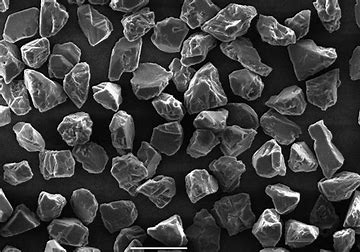
-----------------------------------------------------------
Research and Application Progress of Diamond High - Friction Coatings
Abstract
This paper systematically expounds the research status and application progress of diamond high - friction coatings. It elaborates in detail on the formation principles, performance characteristics, and preparation processes of diamond high - friction coatings, analyzes their application situations in fields such as automotive, industrial machinery, and aerospace, and looks ahead to the future development trends. The aim is to provide a comprehensive theoretical reference for research and applications in related fields and promote the further development of diamond high - friction coating technology.
Keywords
Diamond high - friction coatings; Preparation processes; Application fields; Development trends
1. Introduction
With the rapid development of modern industry, the requirements for the surface properties of materials are becoming increasingly stringent. In many application scenarios, materials need to have a high coefficient of friction on their surfaces to meet specific functional requirements, such as in braking systems and transmission components. As the hardest and most wear - resistant material in nature, diamond, when made into a high - friction coating and applied to the surface of a substrate, can significantly enhance the surface properties of the material. In recent years, remarkable progress has been made in the research and application of diamond high - friction coatings, which has received extensive attention.
2. Formation Principles of Diamond High - Friction Coatings
2.1 Principle of Electroless Plating
Electroless plating is a process in which metal ions in the plating solution are reduced to metal by a reducing agent and deposited on the substrate surface without an external current. In the preparation of diamond high - friction coatings, sodium hypophosphite and other substances are often used as reducing agents to reduce metal ions such as nickel. At the same time, diamond particles are evenly dispersed and adhered to the substrate surface to form a composite coating with high - friction performance. The chemical reaction process involves complex oxidation - reduction reactions. By precisely controlling parameters such as the composition of the plating solution, temperature, and pH value, the structure and performance of the coating can be regulated.
2.2 Principle of Physical Vapor Deposition
Physical vapor deposition (PVD) is a method of evaporating metals or compounds through physical means and depositing them on the substrate surface to react and form a coating. When preparing diamond high - friction coatings, techniques such as magnetron sputtering and ion - beam - assisted deposition can be used to deposit gaseous particles of diamond or carbon - containing compounds onto the substrate. Through means such as ion bombardment, they are combined with the substrate to form a high - friction coating. This method can precisely control the thickness and composition of the coating and can prepare high - quality coatings, but the equipment cost is high and the production efficiency is relatively low.
3. Performance Characteristics of Diamond High - Friction Coatings
3.1 Ultra - high Coefficient of Friction
A remarkable feature of diamond high - friction coatings is their ultra - high coefficient of friction. This is due to the special crystal structure and surface properties of diamond itself, as well as its uniform distribution in the coating. In applications such as braking systems, a high coefficient of friction can provide strong frictional force, effectively shorten the braking distance, and improve the reliability and safety of braking. Compared with traditional friction materials, diamond high - friction coatings can stop moving parts in a shorter time and reduce the risk of accidents caused by untimely braking.
3.2 Excellent Wear Resistance
The high hardness of diamond endows the coating with excellent wear resistance. During long - term friction, the coating can resist wear and maintain stable friction performance. This significantly extends the service life of components with diamond high - friction coatings and reduces the frequency of maintenance and replacement. For example, in the transmission components of industrial machinery, the wear resistance of the coating can reduce the wear rate of components, improve the operating efficiency and stability of the machinery, and reduce the economic losses caused by equipment failures.
3.3 Good Chemical Stability
Diamond high - friction coatings have good chemical stability and can maintain stable performance in various chemical environments. Whether in strongly corrosive acid - base environments or under harsh conditions such as high temperature and high humidity, the coating is not prone to chemical reactions and corrosion. This characteristic makes the coating have broad application prospects in equipment in special environments such as the chemical industry and the ocean, and provides a guarantee for the long - term stable operation of the equipment.
4. Preparation Processes of Diamond High - Friction Coatings
4.1 Electroless Plating Process
The electroless plating process is one of the commonly used methods for preparing diamond high - friction coatings. Its process flow includes steps such as substrate pretreatment, plating solution preparation, plating, and post - treatment. In the substrate pretreatment stage, the substrate surface needs to be degreased, derusted, and roughened to improve the adhesion between the coating and the substrate. When preparing the plating solution, the proportions of nickel salts, reducing agents, complexing agents, buffering agents, etc. need to be precisely controlled. During the plating process, the temperature, pH value, and plating time are strictly controlled to ensure that diamond particles are evenly deposited on the substrate surface. Post - treatment usually includes steps such as heat treatment to further improve the performance of the coating.
4.2 Physical Vapor Deposition Process
Physical vapor deposition processes such as magnetron sputtering are carried out in a high - vacuum environment. Argon ions are used to bombard the target material, sputtering out the atoms or molecules in the target material and depositing them on the substrate surface to form a coating. When preparing diamond high - friction coatings, carbon - containing targets or diamond targets can be selected. By adjusting parameters such as sputtering power, working gas pressure, and deposition time, the structure and performance of the coating can be controlled. Ion - beam - assisted deposition is to introduce an ion beam during the deposition process to enhance the bonding force between particles and the substrate and improve the quality of the coating.
5. Application Fields of Diamond High - Friction Coatings
5.1 Automotive Field
In the automotive braking system, diamond high - friction coatings are widely used in brake pads and brake discs. The high coefficient of friction and excellent wear resistance of the coating can significantly improve the braking performance, shorten the braking distance, and ensure driving safety. At the same time, applying this coating to components such as piston rings and valve seats in automotive engines can effectively reduce wear, improve the efficiency and reliability of the engine, and reduce fuel consumption and exhaust emissions.
5.2 Industrial Machinery Field
For various industrial machinery, such as cranes, conveyor belts, and speed reducers, the transmission components have high requirements for frictional force and wear resistance. Diamond high - friction coatings can effectively improve the friction and wear resistance of these components, reduce energy loss, and enhance the working efficiency and stability of the machinery. In mechanical equipment working under heavy load, high - speed, and harsh environments, the advantages of the coating are more prominent, which can greatly extend the service life of the equipment and reduce maintenance costs.
5.3 Aerospace Field
The aerospace field has extremely demanding requirements for the performance of materials. Diamond high - friction coatings, with their characteristics of light weight, high strength, high wear resistance, and chemical stability, are applied in aircraft landing gear, engine components, and various transmission mechanisms of spacecraft. It can meet the usage requirements of aerospace equipment under complex working conditions, provide important guarantees for the safe operation of the equipment, and help improve the performance and reliability of aircraft.
6. Development Trends of Diamond High - Friction Coatings
6.1 Optimization and Innovation of Preparation Processes
In the future, the preparation processes of diamond high - friction coatings will develop towards more environmentally friendly, efficient, and low - cost directions. On the one hand, the existing electroless plating and physical vapor deposition processes will be continuously optimized to improve the quality of the coating and production efficiency. On the other hand, new preparation technologies such as laser - induced chemical vapor deposition and plasma - enhanced chemical vapor deposition may be further developed and applied to achieve more precise control of the coating structure and performance improvement.
6.2 Further Improvement of Coating Performance
With the continuous development of materials science, researchers will be committed to further improving the performance of diamond high - friction coatings. For example, by optimizing the composition and structure of the coating, coatings with a higher coefficient of friction, better wear resistance, and chemical stability will be developed. At the same time, the performance change laws of the coating under extreme conditions will be explored to meet the needs of more fields for high - performance materials in the future.
6.3 Expansion of New Application Fields
In addition to the existing application fields, diamond high - friction coatings are expected to be expanded and applied in fields such as new energy, medical devices, and electronics. In the new energy field, it can be applied to battery electrode materials, motor components, etc., to improve the performance and lifespan of equipment; in the medical device field, it can be used in artificial joints, dental instruments, etc., to enhance the wear resistance and biocompatibility of the instruments; in the electronics field, it can be applied to aspects such as heat dissipation and connection of electronic components, providing support for the miniaturization and high - performance of electronic devices.
7. Conclusion
As a new type of material with excellent performance, diamond high - friction coatings have shown great application potential in many fields. Through in - depth research on their formation principles, performance characteristics, preparation processes, and application fields, we have a more comprehensive understanding of this material. With the continuous optimization of preparation processes, the continuous improvement of coating performance, and the gradual expansion of application fields, diamond high - friction coatings will play a more important role in future industrial development and provide strong support for technological progress and innovation in various industries. However, currently, this coating still faces some challenges in terms of preparation cost and large - scale production, which requires the joint efforts of researchers and enterprises to promote the further development and improvement of this technology.

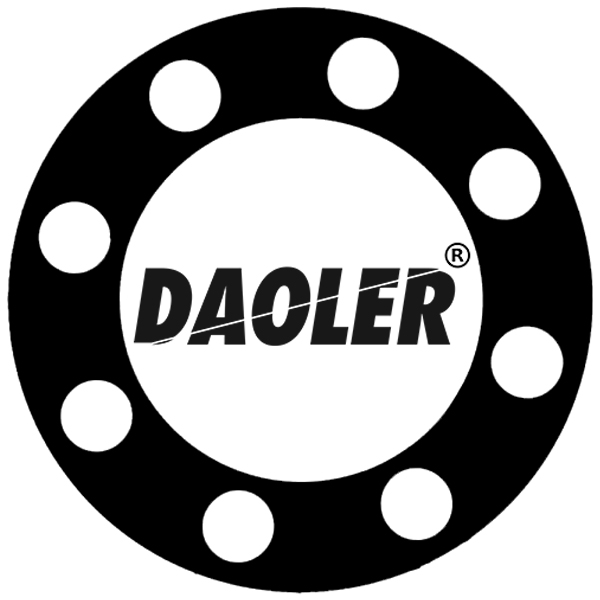



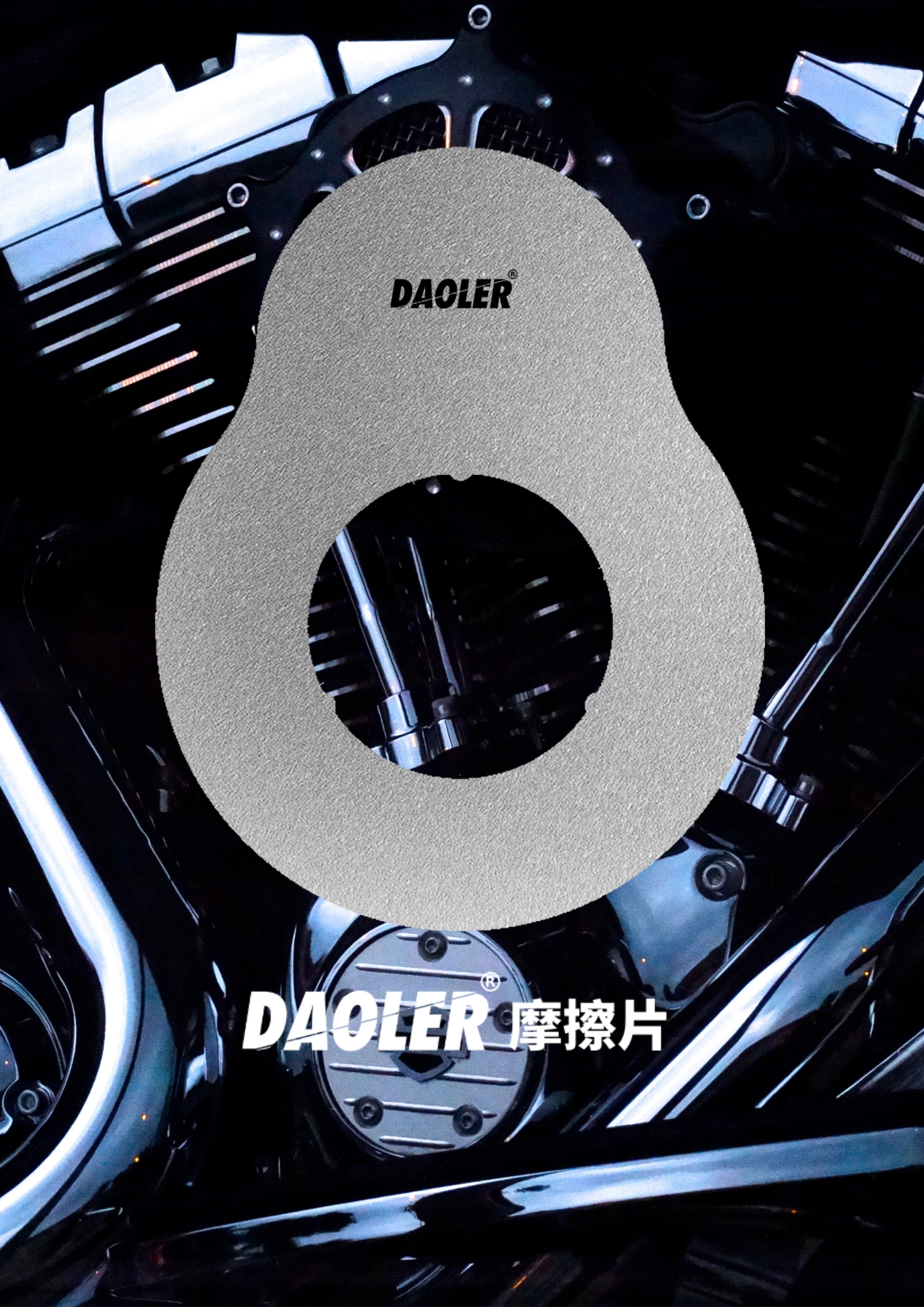
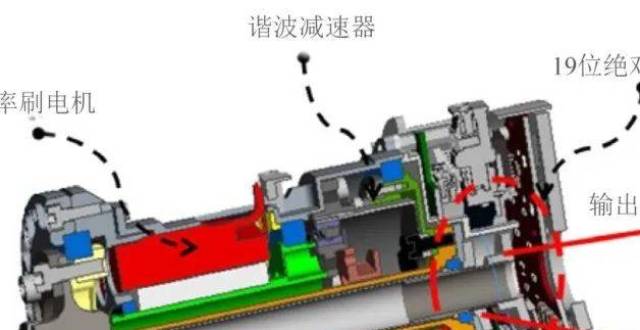
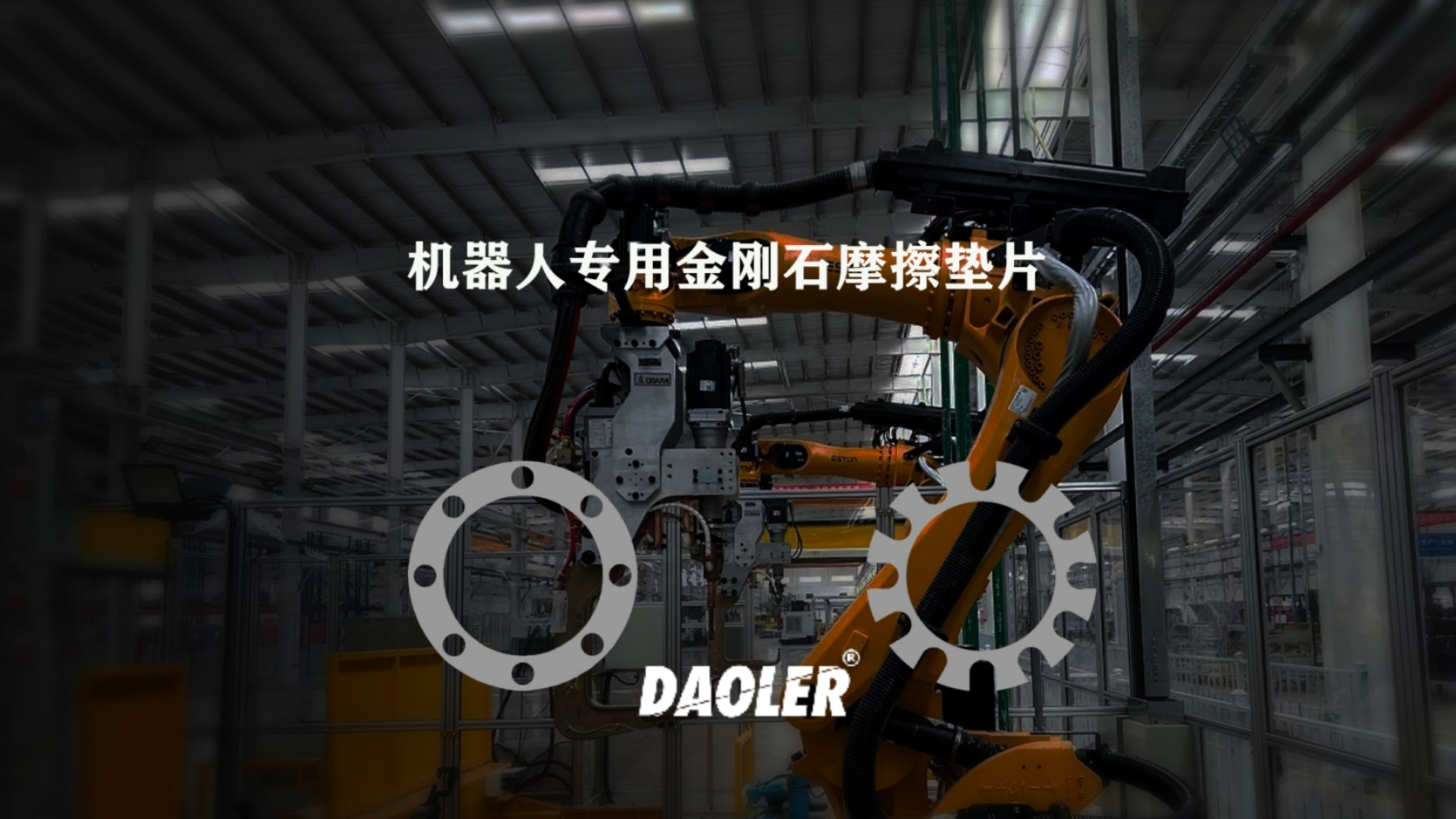
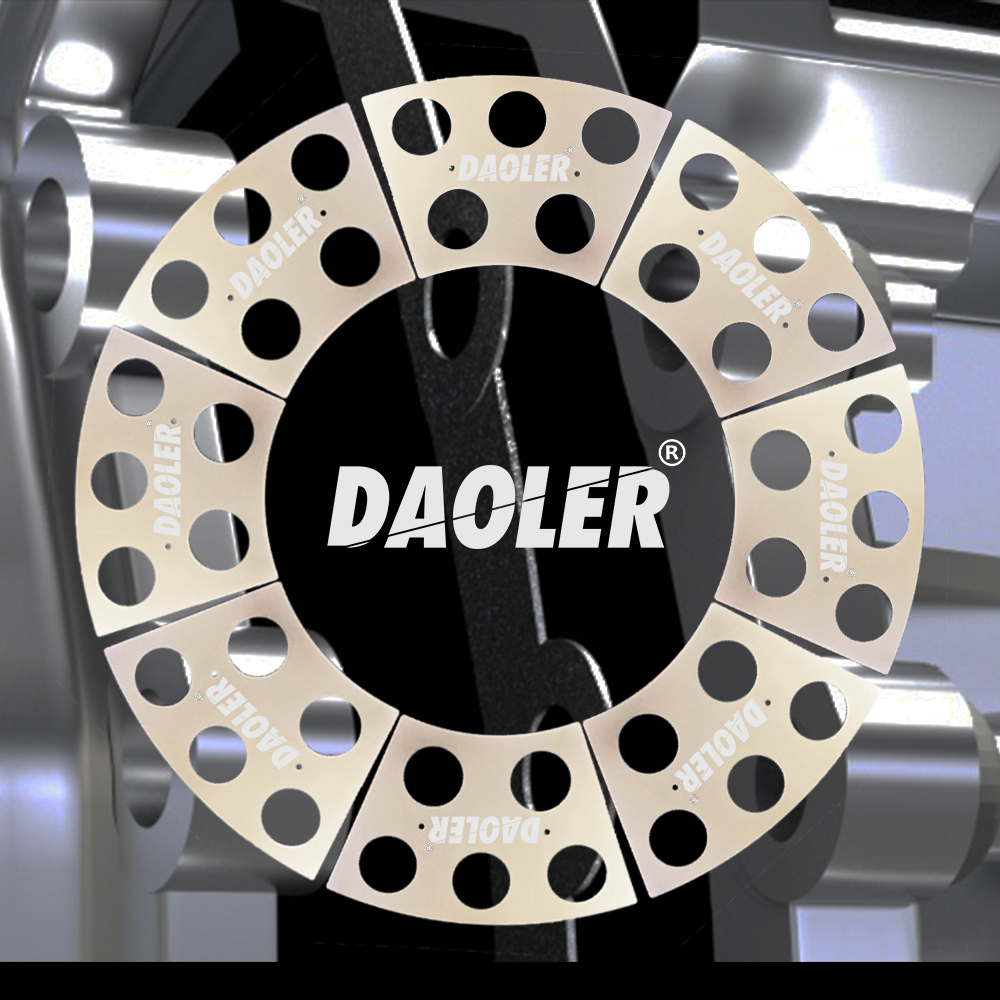

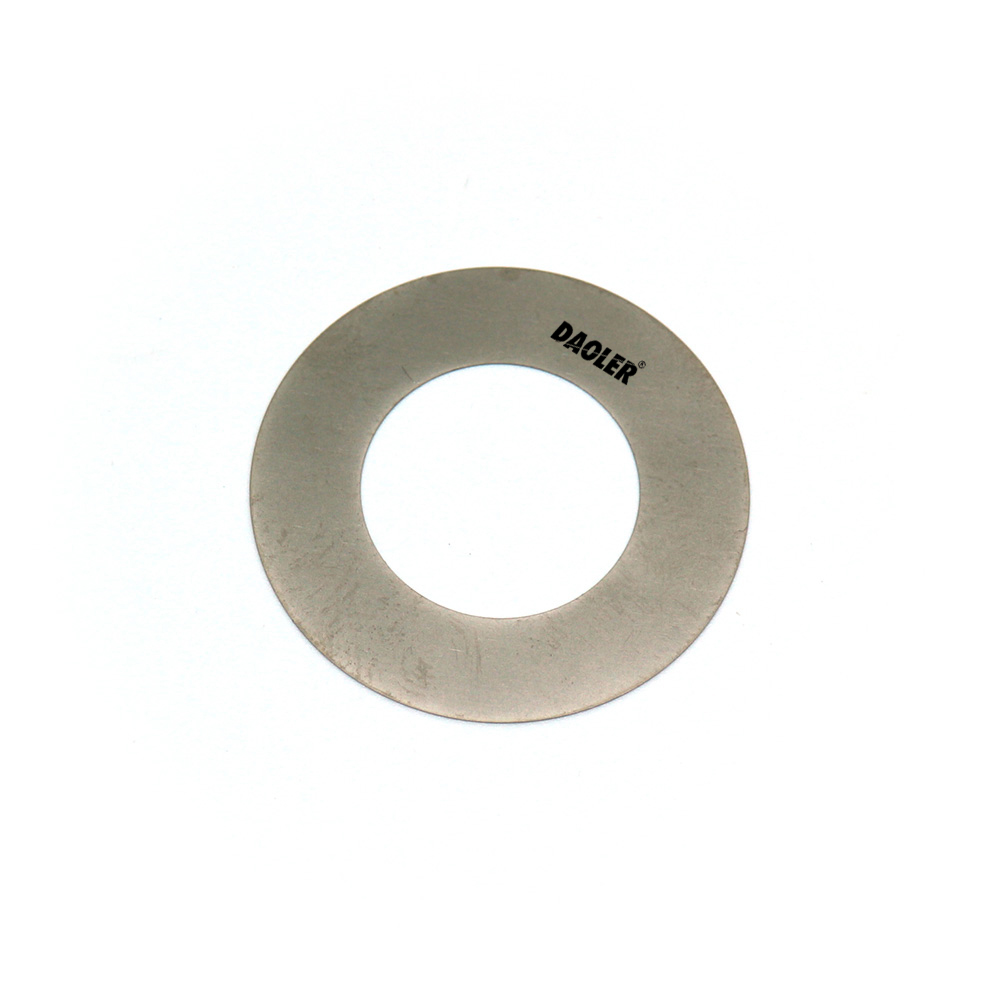
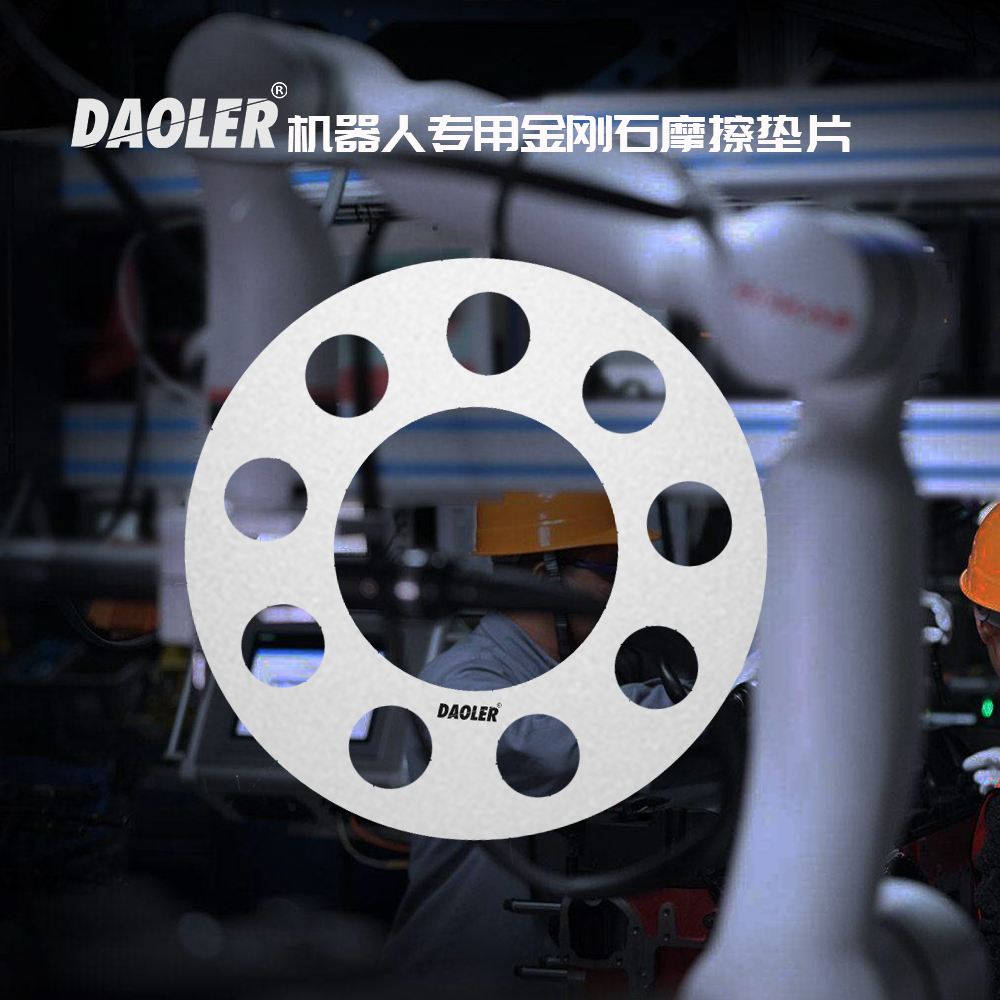
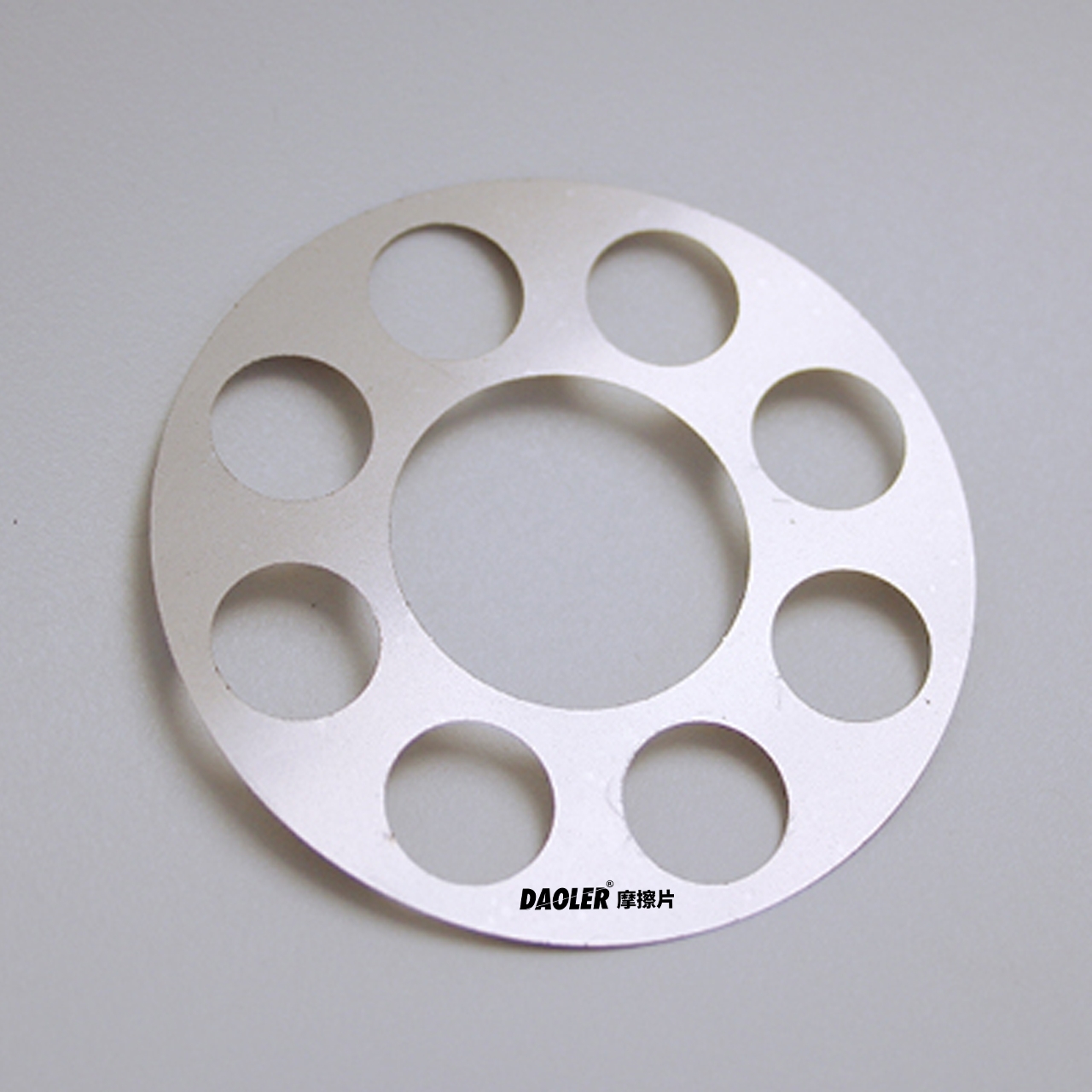

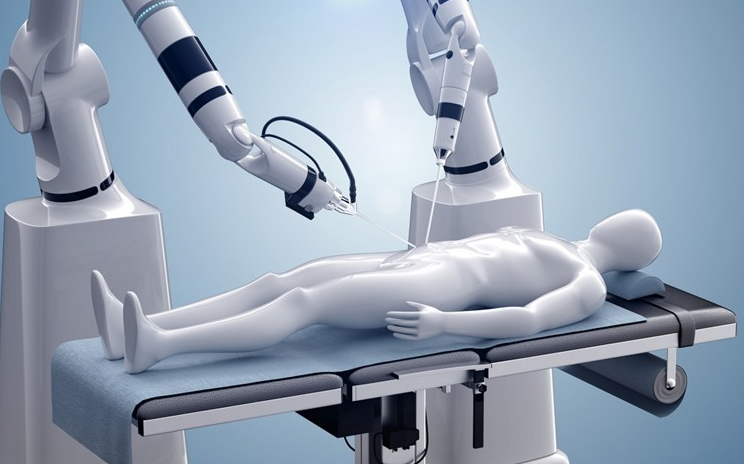
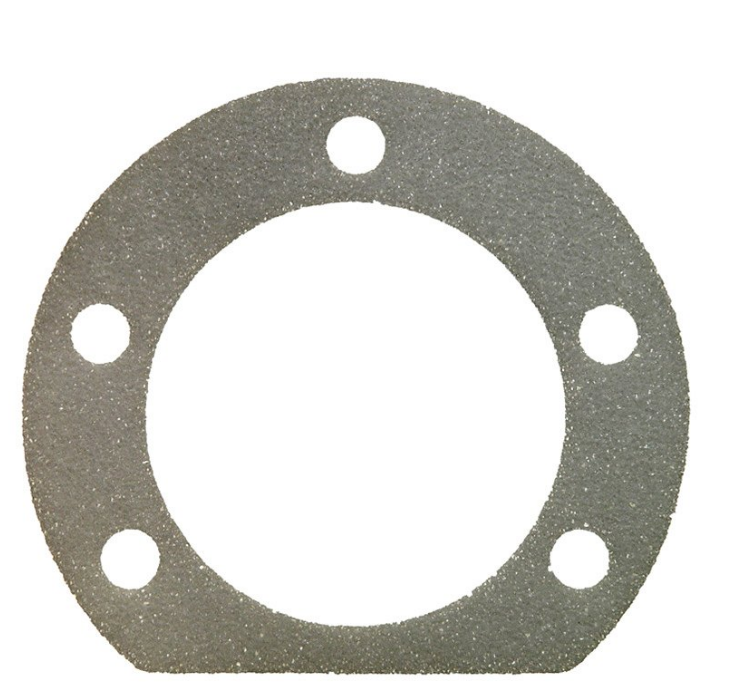

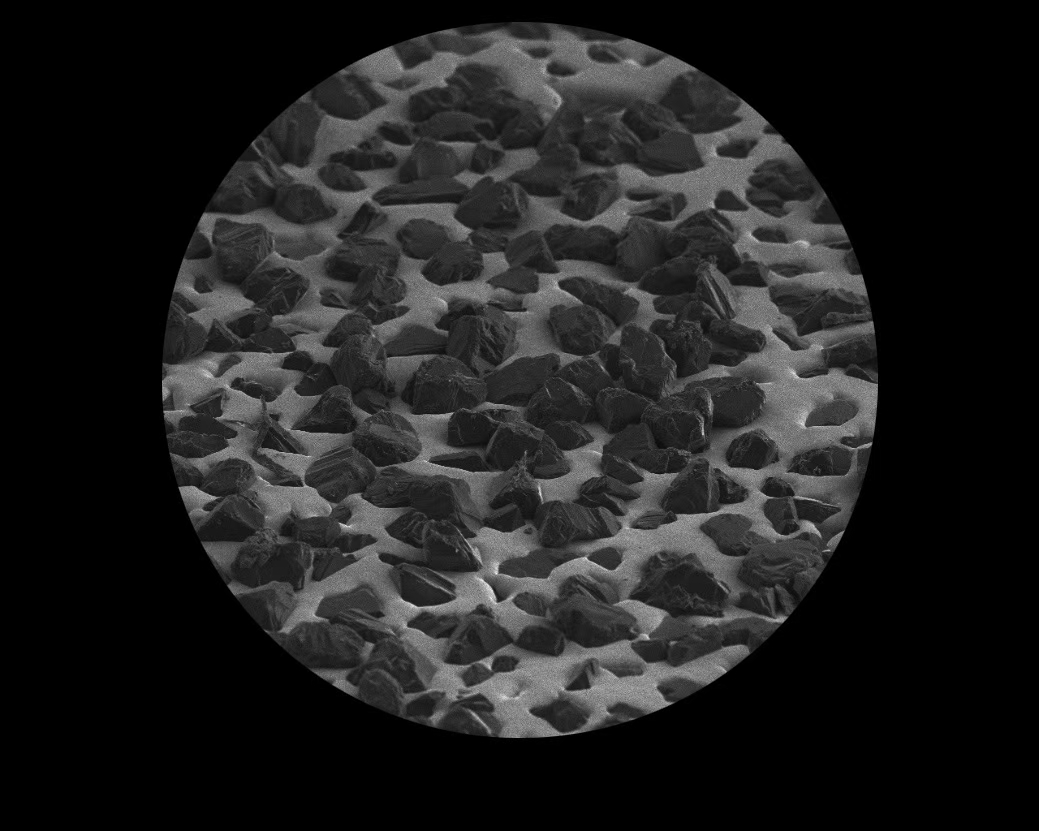
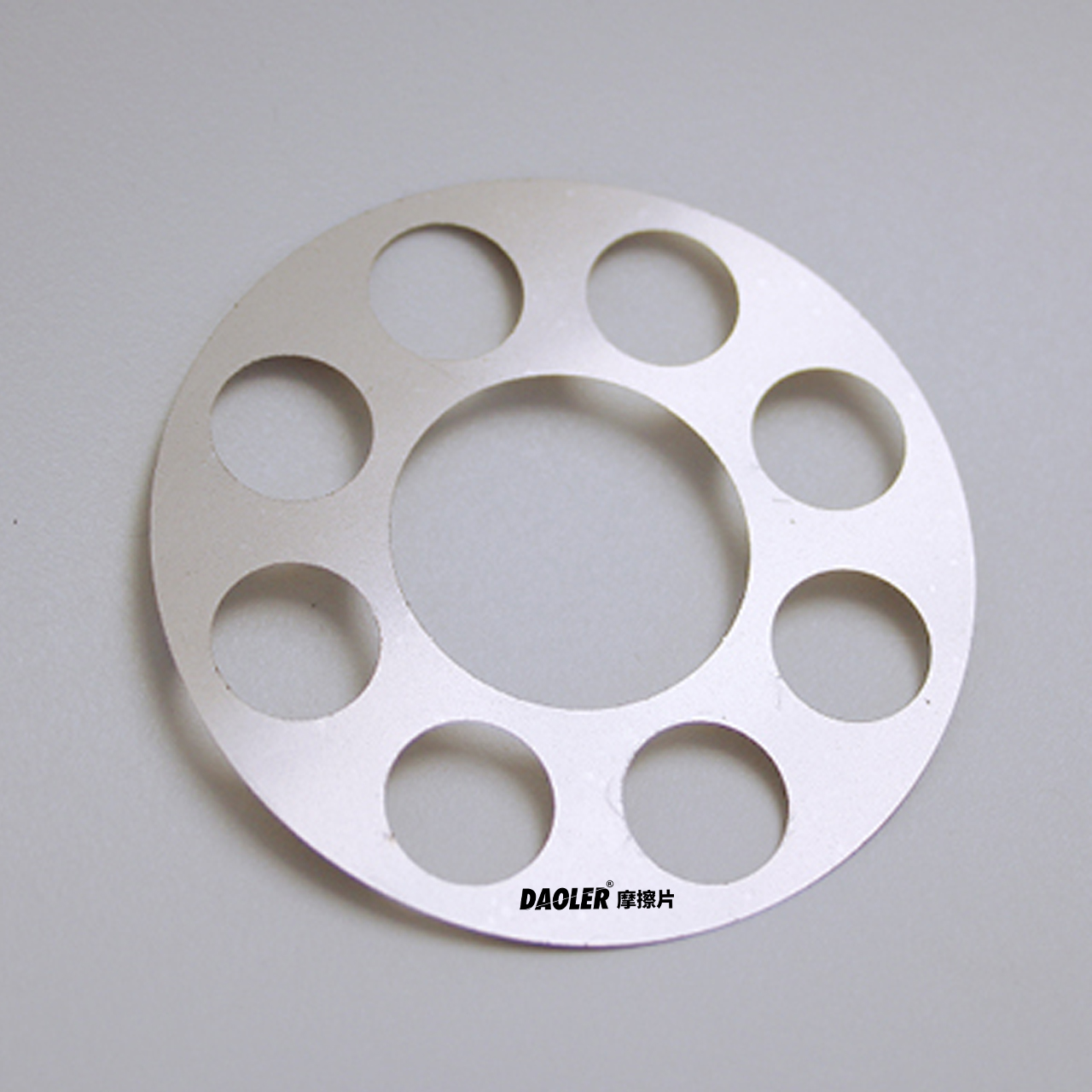
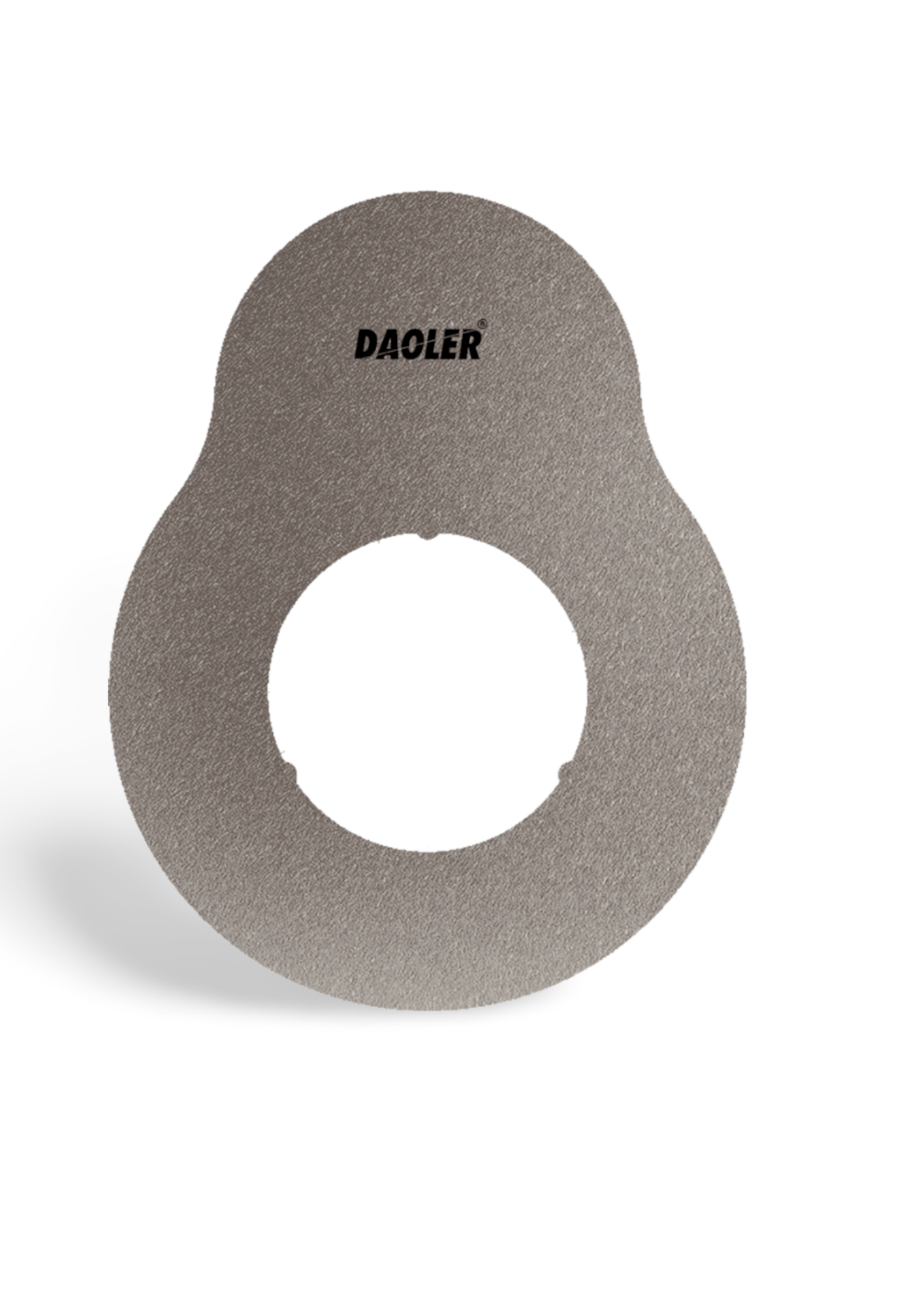

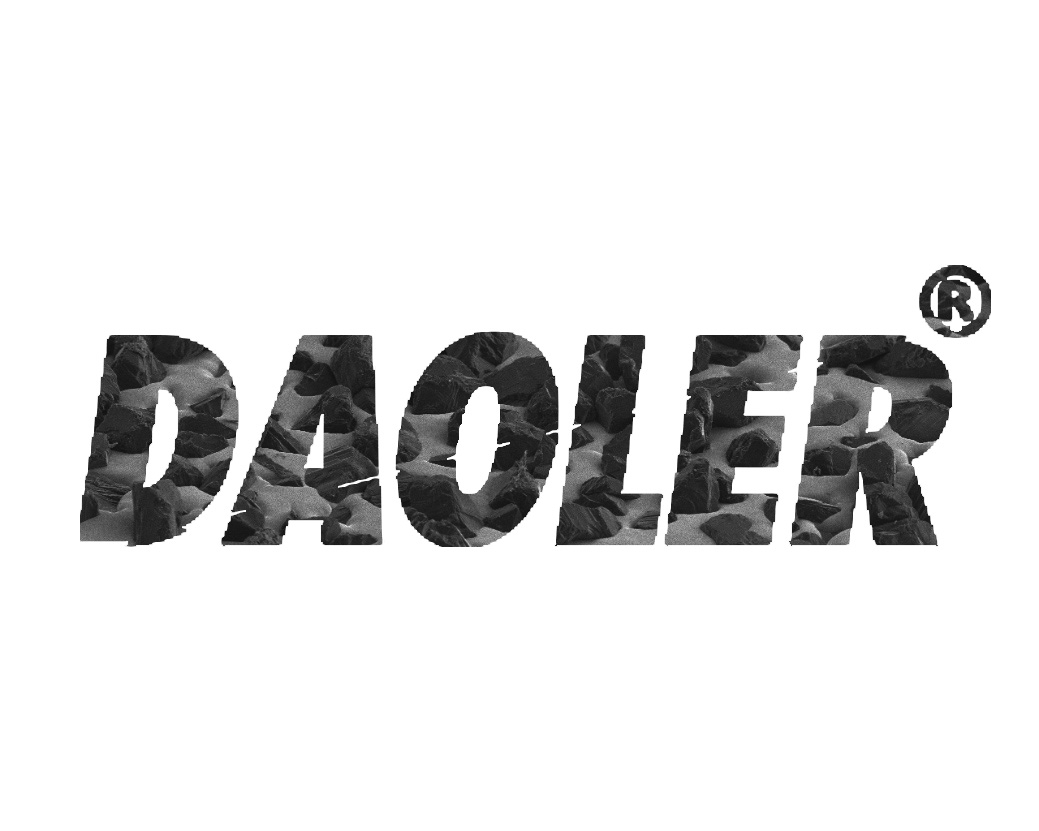

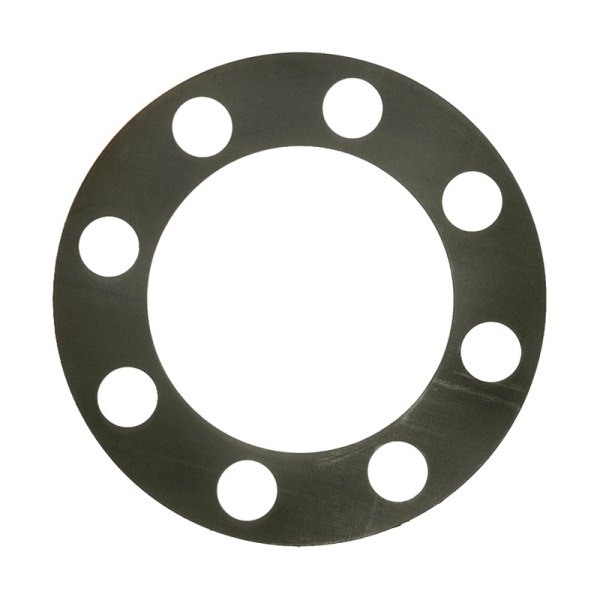
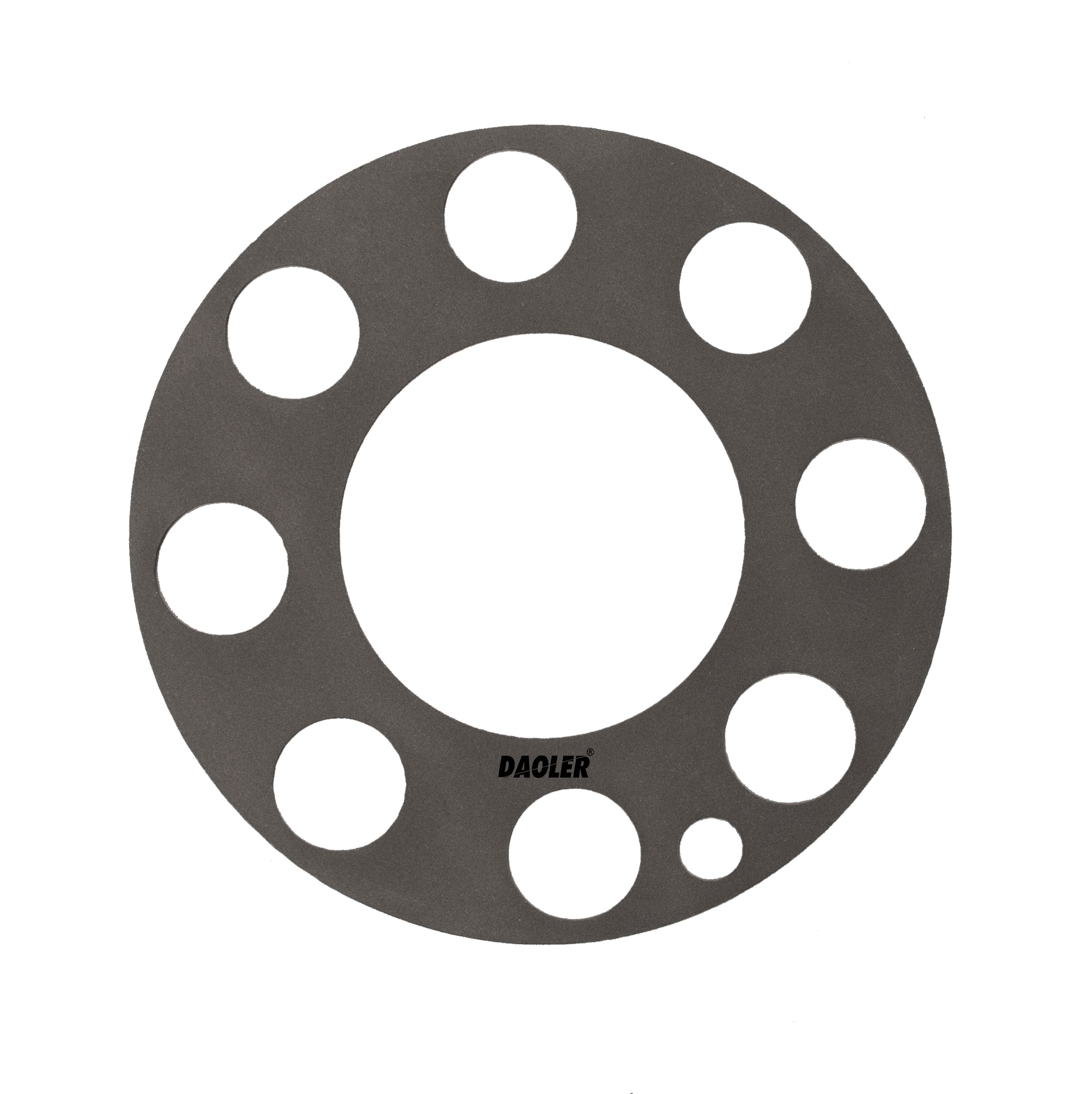
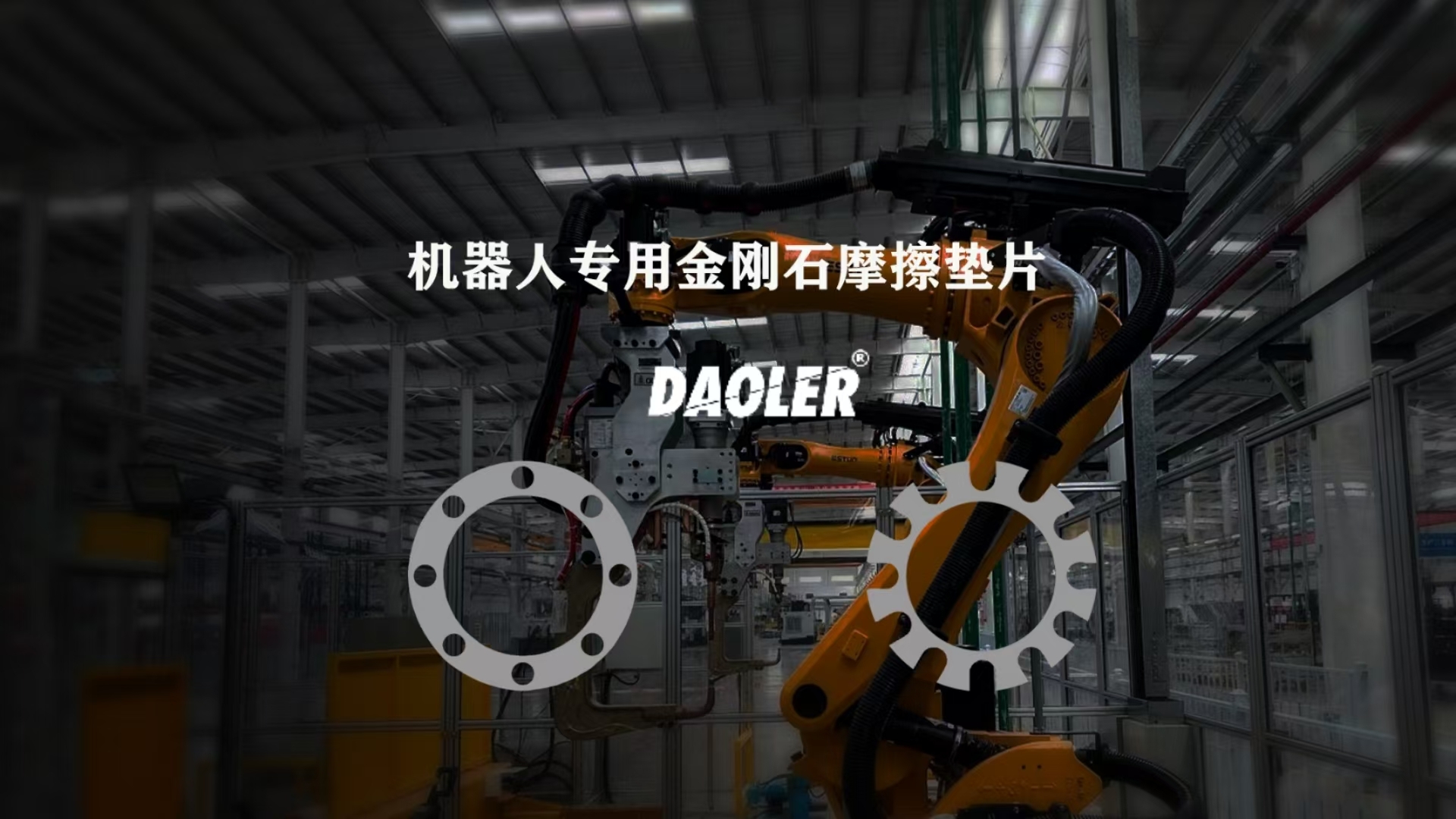
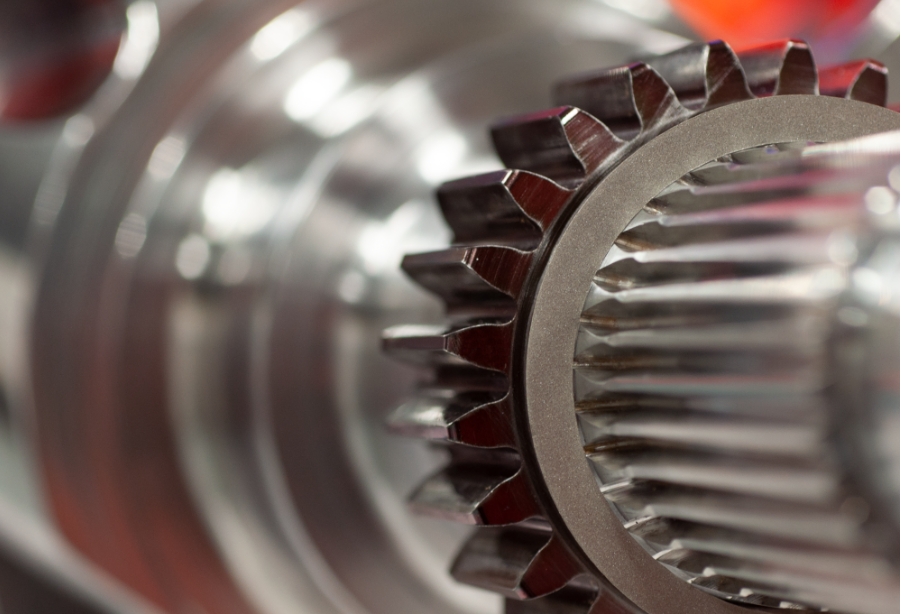
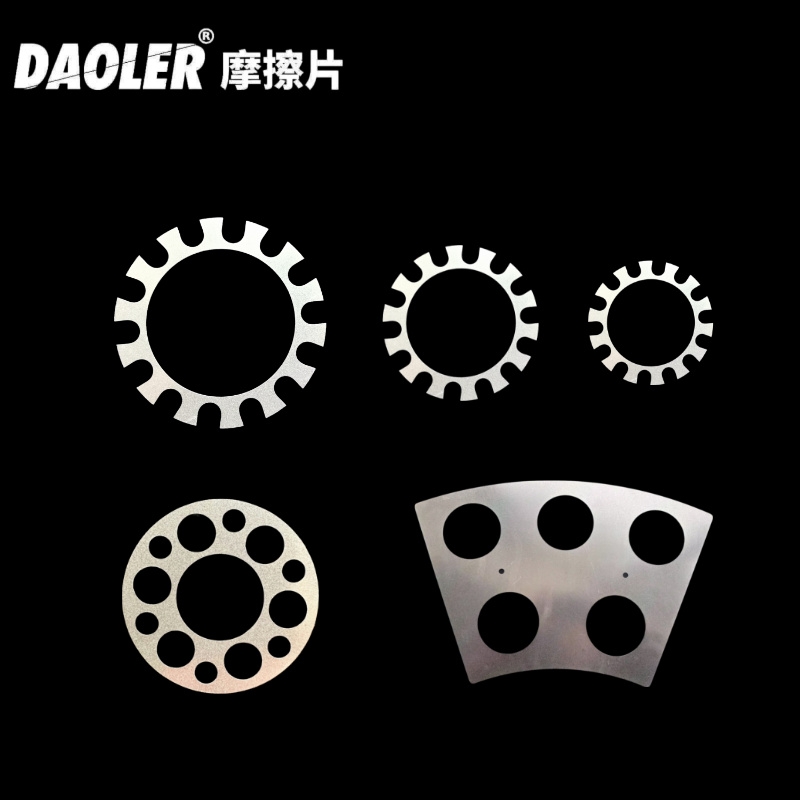
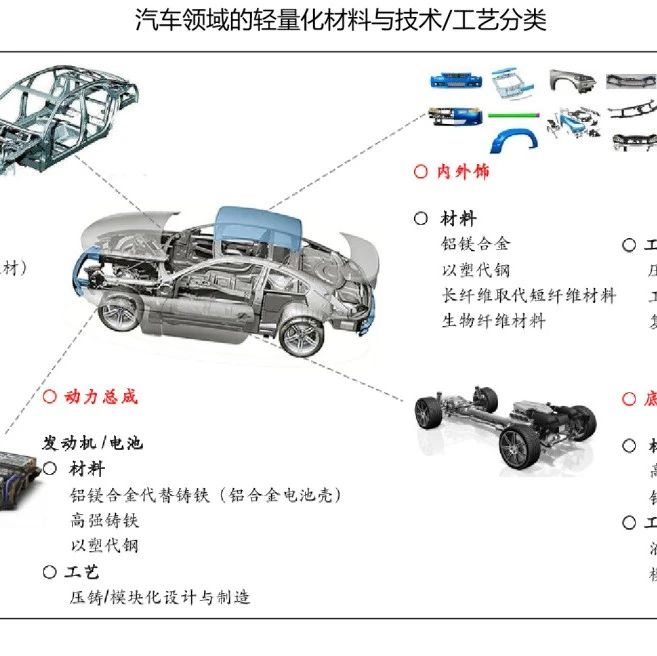
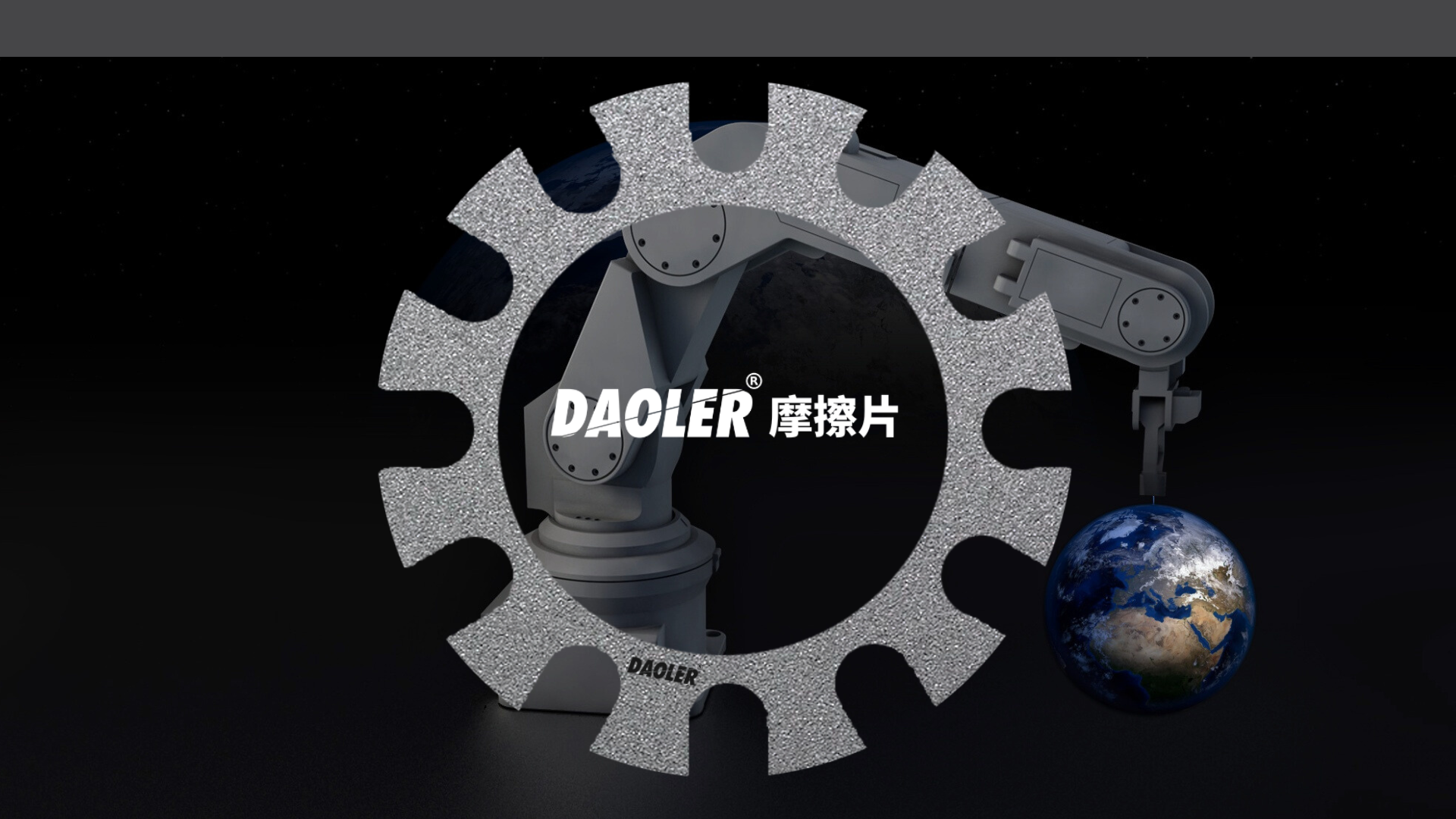
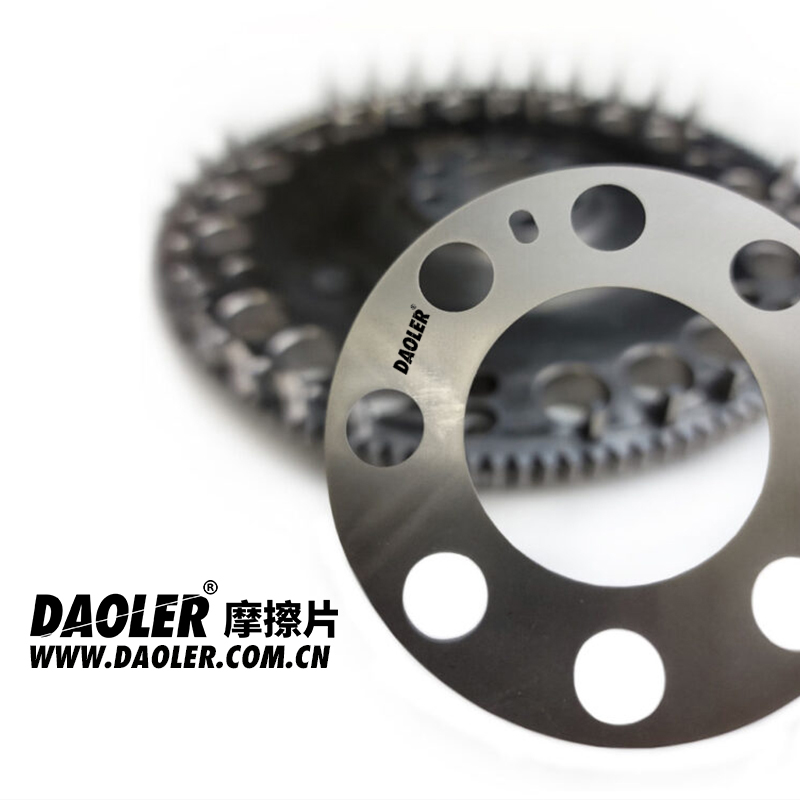
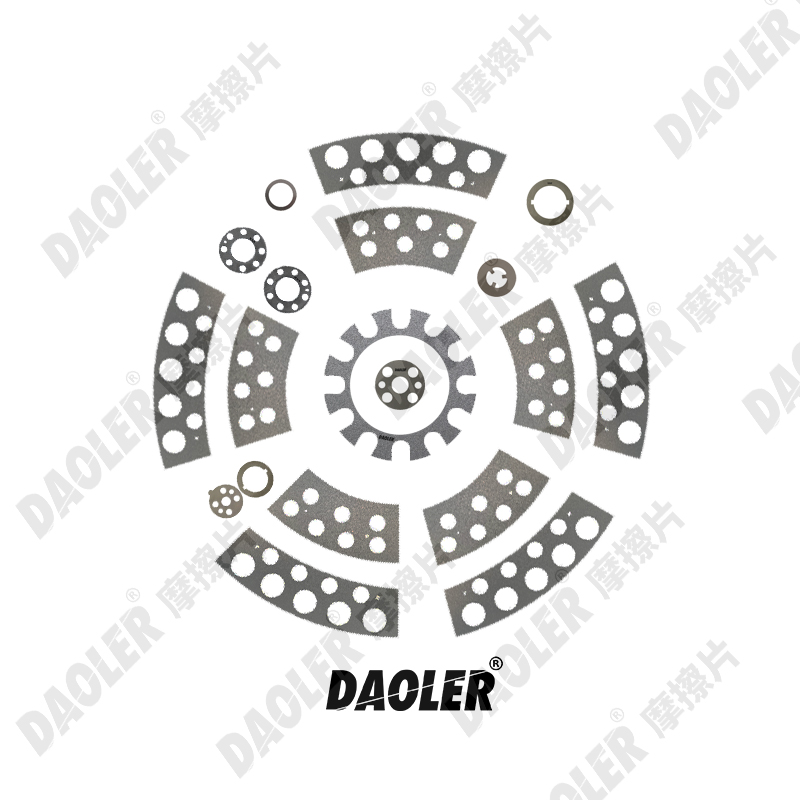
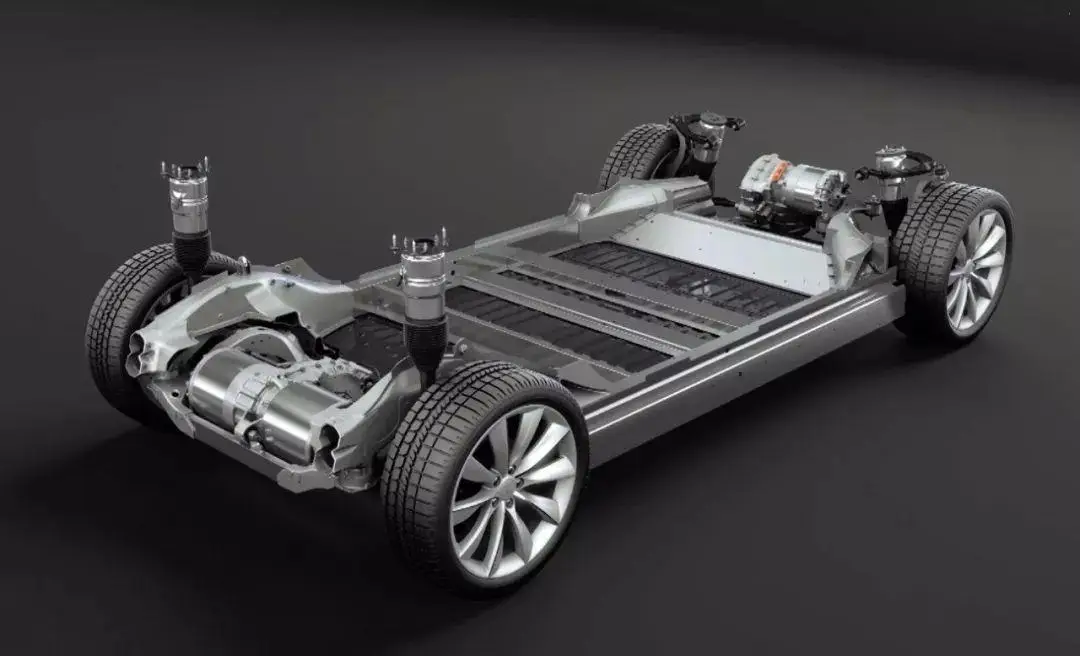
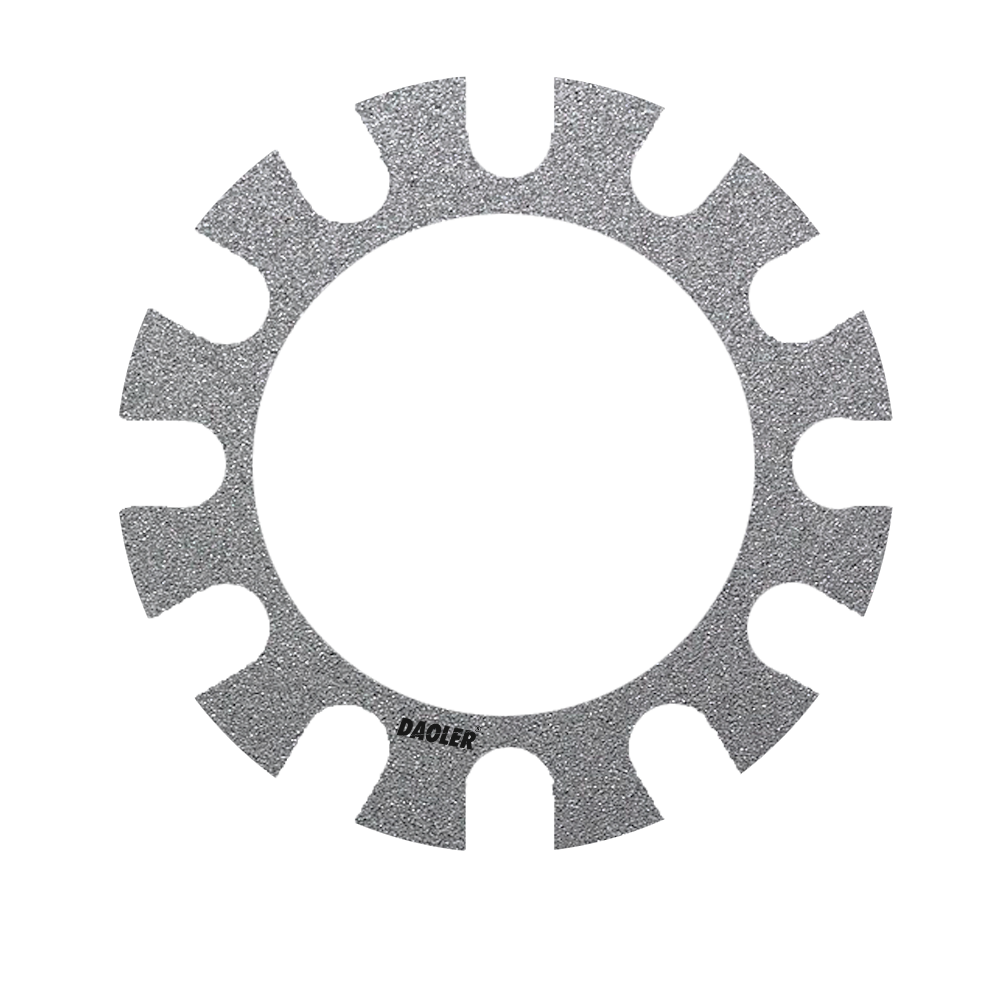



请先 登录后发表评论 ~